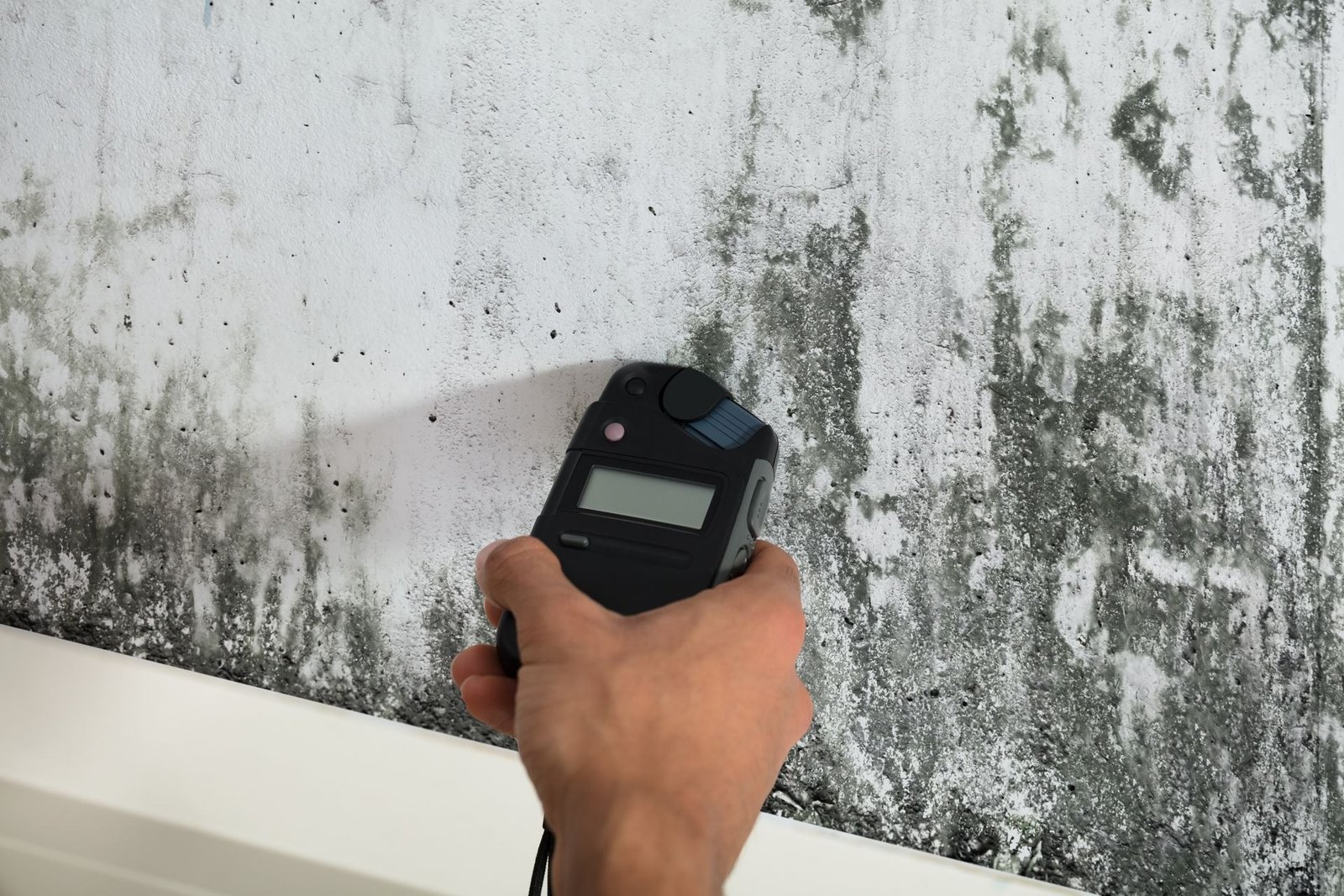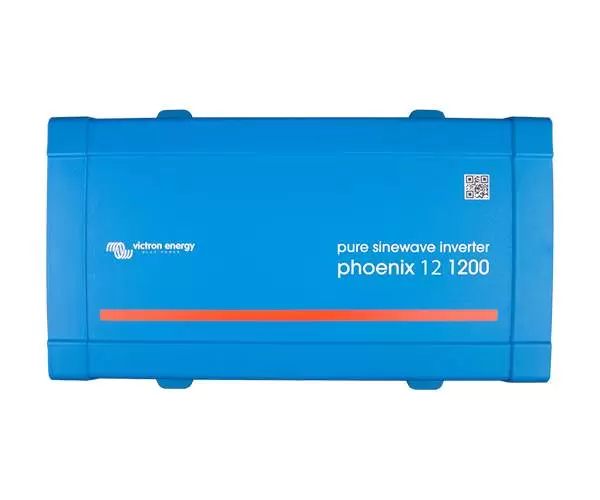Homeowners, local authorities, and licensed experts share the responsibility for harmless and gentle wildlife elimination. Homeowners should act rapidly to escape property destruction and health dangers while following instructions for treating wildlife correctly. Local authorities may propose help or set instructions to keep people and animals harmless. Expert wildlife services are key because they recognize how to switch animals gently, using approaches like live traps and moving. It’s important not to try unsafe DIY solutions, as they can upset similar wildlife and people. For the best results, reliable professionals are available for raccoon removal in Indianapolis making sure equally people and animals stay safe.
Key Stakeholders in Humane Removal
Homeowners and residents: Homeowners and residents need to make their homes harmless and free from future pests.
Landlords and Property Managers: Care about keeping their property valuable and renters pleased.
Local Governments and Wildlife Agencies: Make sure definite instructions are followed and animals are treated kindly.
Licensed Pest Control and Wildlife Removal Services: Professionals in safely eliminating animals and preventing them from coming back.
Non-Profit Animal Rescue and Advocacy Groups: Support gentle techniques to switch animals and teach people about animals.
Homeowners and Resident
Property owners are liable for keeping their homes free from wild animals. This means checking and closing off spaces like vents, chimneys, roof holes, and cracks in the base where animals could get in. If animals do come in, homeowners should act rapidly to escape damage or health dangers. The best and kindest way to eliminate them is by employing trained experts who use safe approaches without hurting the animals. Using unsafe traps or toxins can cause suffering and may break local animal’s rules.
Landlords and Property Managers
For rental properties, landlords must deal with pest complications reported by renters. If they don’t react rapidly, it can break rental agreements and cause health and safety problems. Landlords should use kind approaches to remove pests and treat wildlife kindly. It’s essential to take preventive steps, like closing flaws and setting vents, windows, and doors, to prevent pests from getting in. Habitually checking the inside and outside of the property can help catch pest complications early.
Local Governments and Wildlife Agencies
Local governments and wildlife agencies play a main role in handling wildlife and keeping people harmless. They set instructions for capturing and moving wild animals, frequently requiring permits to do this. These instructions help discontinue the illegal treatment of animals, which can cause additional complications for nature and safety. By working together, local governments and wildlife agencies confirm that community wants are met while protecting animals, making a safer place for both people and animals.
Licensed Pest Control and Wildlife Removal Services
Licensed pest control and wildlife elimination services are significant for managing animal populations benignly and kindly. These professionals recognize the rules about wildlife, including those that protect rare animals. They use distinct tools and gentle traps to catch animals without aching or stressing them. Their work doesn’t end at elimination; they, too, check homes for places where animals can get in and recommend ways to block those areas to discontinue future complications. Several services provide follow-up checks to realize if their approaches are working and to search for any symbols of wildlife coming back.
Non-Profit Animal Rescue and Advocacy Groups
Non-Profit Animal Rescue and Advocacy Groups are essential for assisting animals and kindly managing wildlife. These groups work with owners, pest control companies, and local governments to carefully eliminate animals without aching them. In emergencies, they aid in rescuing animals in risky situations like natural disasters. They, too, teach people how to live peacefully with wildlife and give guidance on avoiding complications with animals. These organizations promote sympathy and understanding instead of hurting animals.
Conclusion
To sum up, eliminating harmless and gentle wildlife is everybody’s responsibility. This includes homeowners, landlords, government agencies, wildlife professionals, and animal advocates. By working together, these groups can make communities and wildlife harmless while following the rules. Using kind approaches to deal with wildlife complications not only protects animals but also reduces health dangers and property damage. When homeowners take steps to save their homes, professionals use gentle removal approaches, and local governments set instructions, it becomes easier to resolve wildlife problems respectfully.



